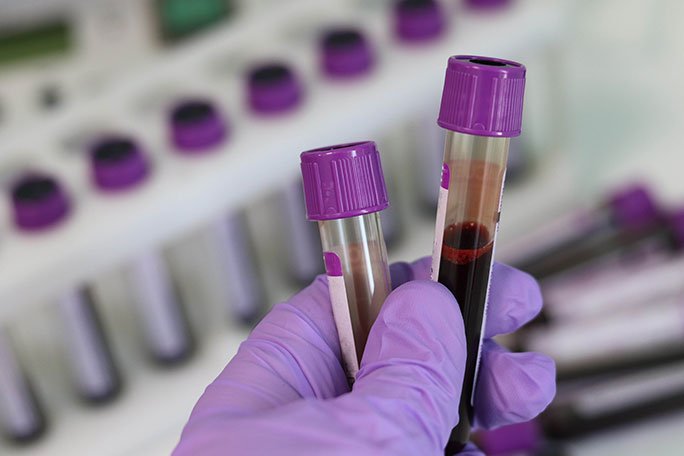Hospital Supply and Equipment Managers: Supporting Nurse Advocacy for Policy Change through Communication and Collaboration
Summary
- Hospital supply and equipment managers play a crucial role in ensuring that nurse advocacy for policy change is effectively implemented within their facility.
- Effective communication and collaboration between supply and equipment managers and nursing staff are essential for successful policy change implementation.
- Utilizing data analytics and technology can also aid in the monitoring and evaluation of policy changes to ensure compliance and effectiveness.
Introduction
Hospital supply and equipment managers are responsible for overseeing the procurement, storage, and distribution of medical supplies and equipment within a healthcare facility. They play a vital role in ensuring that the facility is adequately equipped to provide quality patient care. In recent years, there has been a growing emphasis on the importance of nurse advocacy for policy change within healthcare organizations. Nurses are on the front lines of patient care and are in a unique position to identify areas for improvement and advocate for policy changes that can enhance patient outcomes and quality of care. It is essential for hospital supply and equipment managers to work collaboratively with nursing staff to ensure that nurse advocacy for policy change is effectively implemented within their facility.
Effective Communication and Collaboration
Building Relationships
Effective communication and collaboration are key components of successful policy change implementation within a healthcare facility. Hospital supply and equipment managers must work closely with nursing staff to understand their needs, challenges, and priorities. Building strong relationships with nursing leaders and frontline staff can help ensure that policy changes are aligned with the goals and mission of the organization.
Regular Meetings and Feedback
Organizing regular meetings between supply and equipment managers and nursing staff can facilitate open communication and collaboration. These meetings provide an opportunity to discuss current policies, identify areas for improvement, and solicit feedback from frontline staff. It is essential to create a culture of transparency and trust to foster meaningful dialogue and ensure that nurse advocacy for policy change is heard and addressed.
Training and Education
Providing training and education on policy change processes and procedures can empower nursing staff to advocate effectively for changes that will positively impact patient care. Hospital supply and equipment managers can offer workshops, seminars, or online resources to help nurses understand the importance of policy change and provide guidance on how to navigate the implementation process.
Utilizing Data Analytics and Technology
Monitoring and Evaluation
Data analytics and technology can be valuable tools for monitoring and evaluating the implementation of policy changes within a healthcare facility. Hospital supply and equipment managers can use data analytics software to track the usage of supplies and equipment, identify trends or patterns, and measure the impact of policy changes on patient outcomes. By analyzing data, managers can assess the effectiveness of new policies and make informed decisions to optimize resource allocation and Workflow efficiency.
Performance Metrics
Establishing performance metrics and key performance indicators (KPIs) can help hospital supply and equipment managers measure the success of policy changes and ensure compliance with new protocols. By setting clear targets and benchmarks, managers can track progress, identify areas for improvement, and celebrate achievements with nursing staff. Performance metrics also provide a framework for accountability and continuous quality improvement.
Feedback Mechanisms
Implementing feedback mechanisms, such as surveys, focus groups, or suggestion boxes, can help gather input from nursing staff on the impact of policy changes. Hospital supply and equipment managers can use this feedback to make adjustments, address concerns, and refine policies to better meet the needs of frontline staff and patients. By creating opportunities for feedback, managers demonstrate their commitment to collaboration and responsiveness to nurse advocacy efforts.
Conclusion
In conclusion, hospital supply and equipment managers play a critical role in ensuring that nurse advocacy for policy change is effectively implemented within their facility. By fostering effective communication and collaboration with nursing staff, utilizing data analytics and technology, and prioritizing continuous quality improvement, managers can support the advancement of patient care and the overall success of the organization. Working together, supply and equipment managers and nursing staff can drive positive change and create a culture of excellence and innovation in healthcare delivery.

Disclaimer: The content provided on this blog is for informational purposes only, reflecting the personal opinions and insights of the author(s) on the topics. The information provided should not be used for diagnosing or treating a health problem or disease, and those seeking personal medical advice should consult with a licensed physician. Always seek the advice of your doctor or other qualified health provider regarding a medical condition. Never disregard professional medical advice or delay in seeking it because of something you have read on this website. If you think you may have a medical emergency, call 911 or go to the nearest emergency room immediately. No physician-patient relationship is created by this web site or its use. No contributors to this web site make any representations, express or implied, with respect to the information provided herein or to its use. While we strive to share accurate and up-to-date information, we cannot guarantee the completeness, reliability, or accuracy of the content. The blog may also include links to external websites and resources for the convenience of our readers. Please note that linking to other sites does not imply endorsement of their content, practices, or services by us. Readers should use their discretion and judgment while exploring any external links and resources mentioned on this blog.
